Regulatory Compliance
The evolving regulatory landscape surrounding chemical products is a crucial driver for the Diethylene Glycol Monobutyl Ether Acetate Market. Stricter regulations regarding the use of hazardous substances are prompting manufacturers to seek compliant alternatives. Diethylene Glycol Monobutyl Ether Acetate, with its favorable safety profile, is increasingly viewed as a viable option. Compliance with regulations not only mitigates legal risks but also enhances market competitiveness. As industries adapt to these regulatory changes, the demand for compliant solvents is expected to rise. The market for compliant chemical products is projected to grow at a rate of 4.5% annually, suggesting a robust future for Diethylene Glycol Monobutyl Ether Acetate.
Rising Consumer Awareness
The growing awareness among consumers regarding the safety and environmental impact of chemical products is influencing the Diethylene Glycol Monobutyl Ether Acetate Market. As consumers become more informed, they are increasingly favoring products that are perceived as safer and more environmentally friendly. This shift in consumer preference is prompting manufacturers to reformulate their products, incorporating Diethylene Glycol Monobutyl Ether Acetate as a safer alternative. The trend towards transparency in product ingredients is likely to drive demand for this compound, as it is recognized for its low toxicity. The market for safer chemical products is expected to grow at a compound annual growth rate of 5.5%, indicating a favorable outlook for Diethylene Glycol Monobutyl Ether Acetate.
Sustainability Initiatives
The increasing emphasis on sustainability within the chemical industry appears to be a pivotal driver for the Diethylene Glycol Monobutyl Ether Acetate Market. As manufacturers strive to reduce their environmental footprint, the demand for eco-friendly solvents is likely to rise. Diethylene Glycol Monobutyl Ether Acetate, known for its low toxicity and biodegradability, aligns well with these sustainability goals. Furthermore, regulatory frameworks are becoming more stringent, compelling companies to adopt greener alternatives. This shift not only enhances brand reputation but also opens new market opportunities. The market for sustainable solvents is projected to grow at a compound annual growth rate of approximately 5% over the next few years, indicating a robust potential for Diethylene Glycol Monobutyl Ether Acetate in various applications.
Technological Advancements
Technological innovations in chemical manufacturing processes are likely to propel the Diethylene Glycol Monobutyl Ether Acetate Market forward. Advances in production techniques can lead to more efficient synthesis methods, reducing costs and enhancing product quality. Moreover, the development of new formulations that incorporate Diethylene Glycol Monobutyl Ether Acetate is expected to create additional market opportunities. For example, the integration of this compound in water-based formulations is gaining traction, as it offers improved performance characteristics. The market for such innovative products is anticipated to expand, with a projected growth rate of 6% over the next five years, indicating a favorable environment for the adoption of Diethylene Glycol Monobutyl Ether Acetate.
Expanding Application Scope
The versatility of Diethylene Glycol Monobutyl Ether Acetate is a significant driver for its market growth. This compound is utilized across various sectors, including paints, coatings, and cleaning products, which are experiencing a surge in demand. The increasing need for high-performance solvents in these applications suggests a promising outlook for the Diethylene Glycol Monobutyl Ether Acetate Market. For instance, the coatings industry is projected to grow at a rate of 4% annually, driven by the construction and automotive sectors. As industries seek to enhance product performance and reduce volatile organic compounds, the adoption of Diethylene Glycol Monobutyl Ether Acetate is likely to increase, further solidifying its market position.


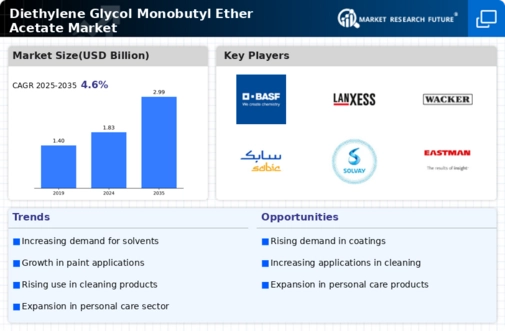

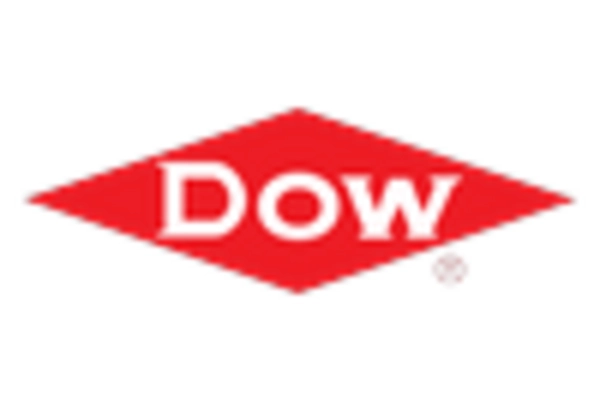
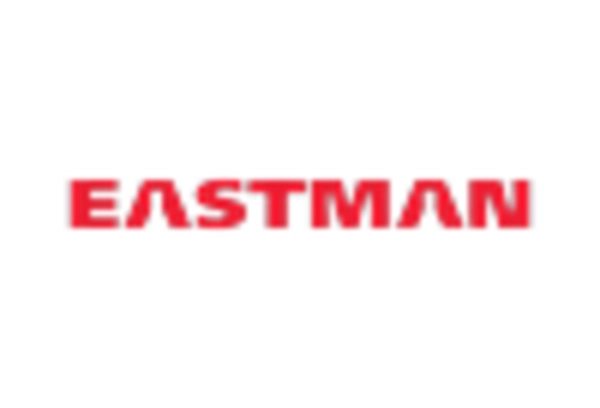
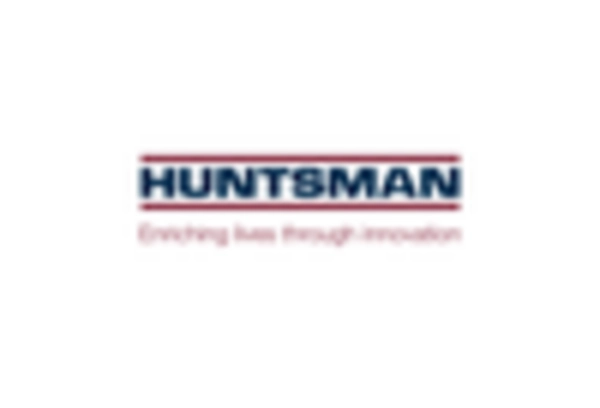
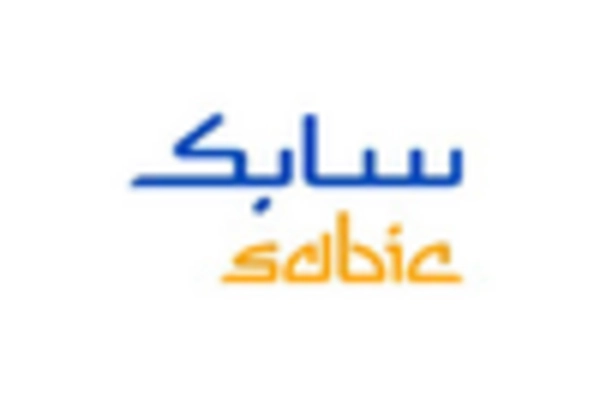
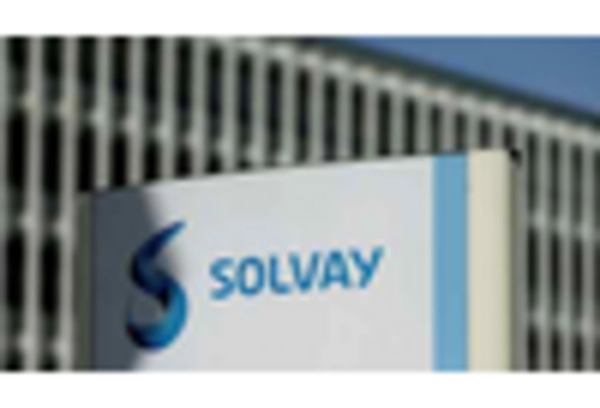








Leave a Comment